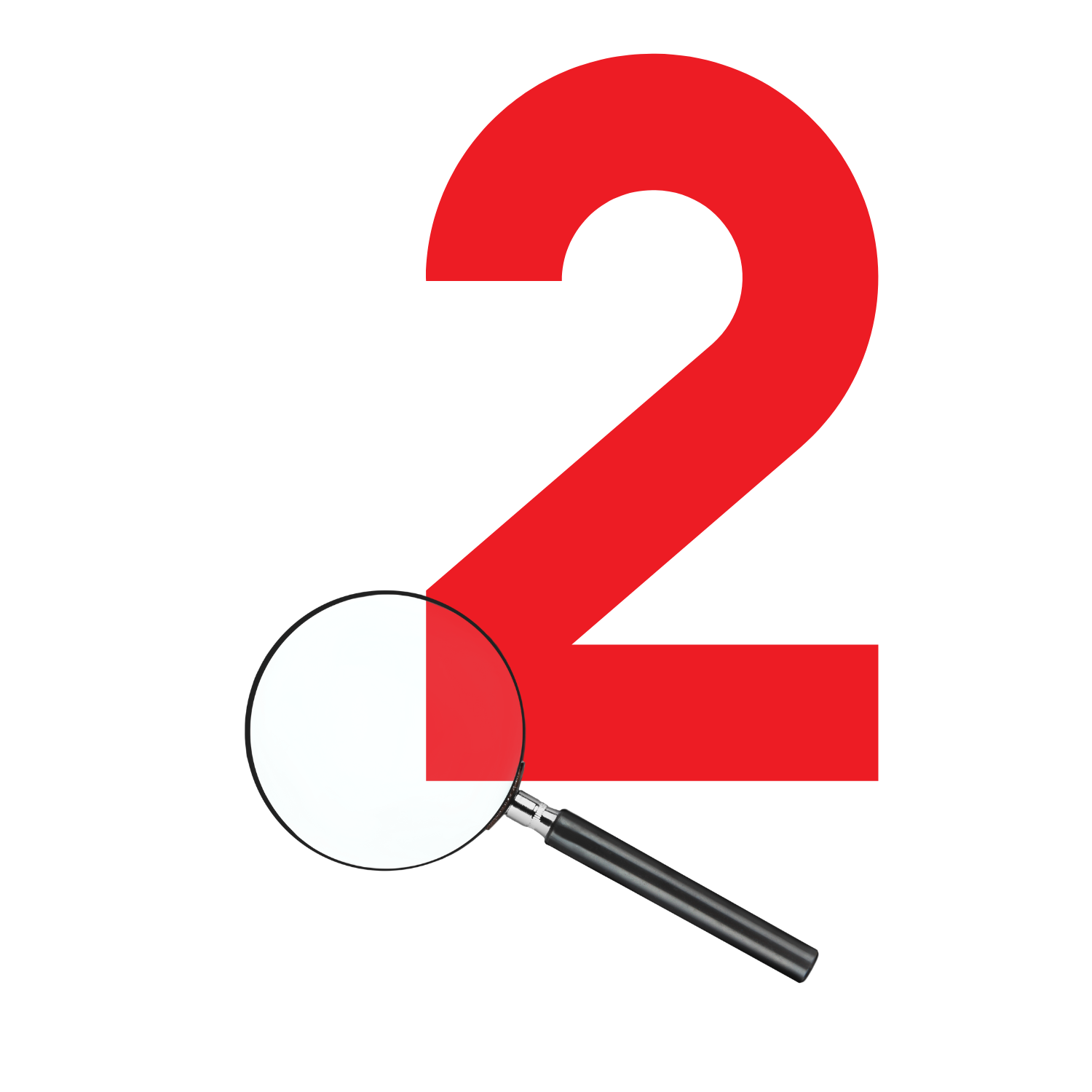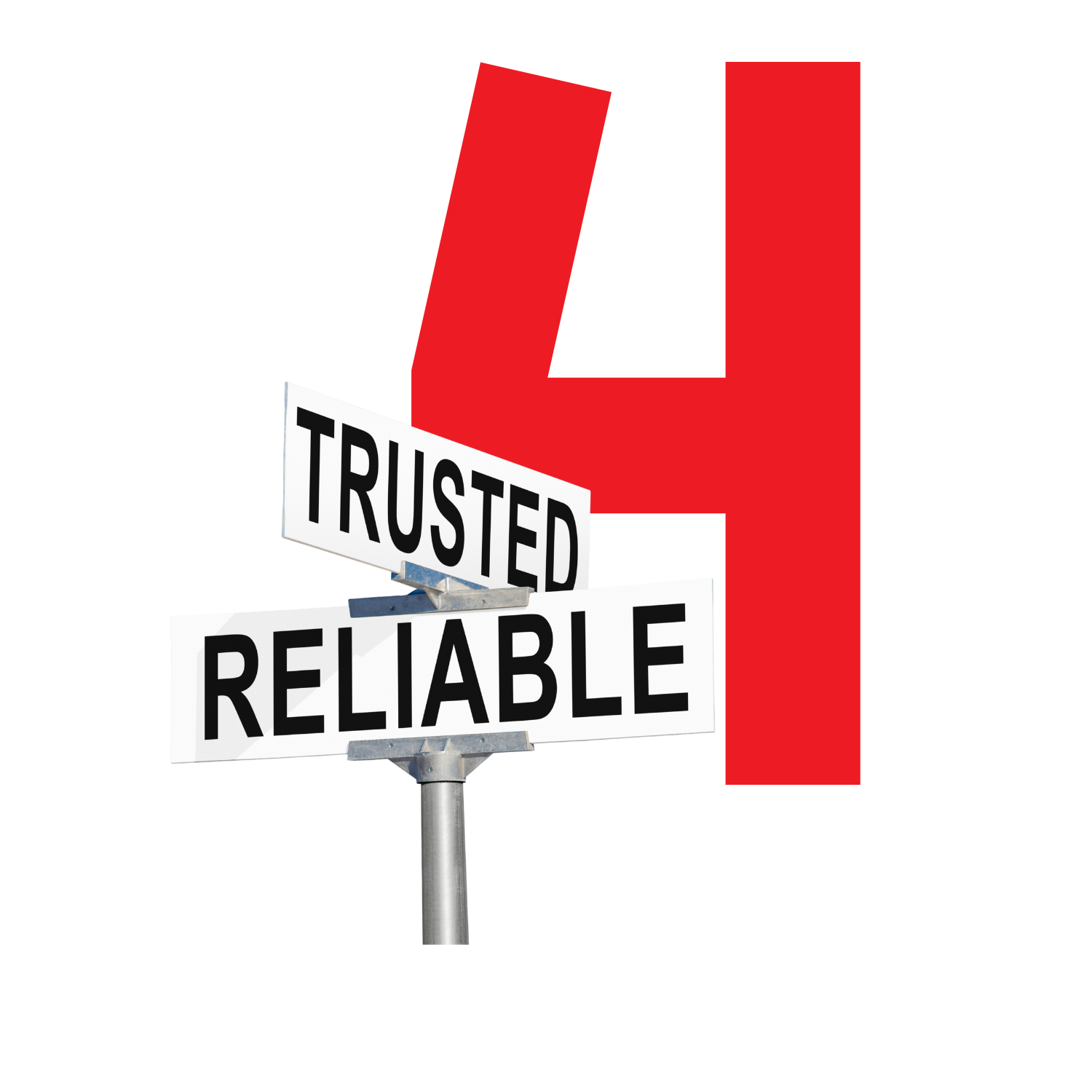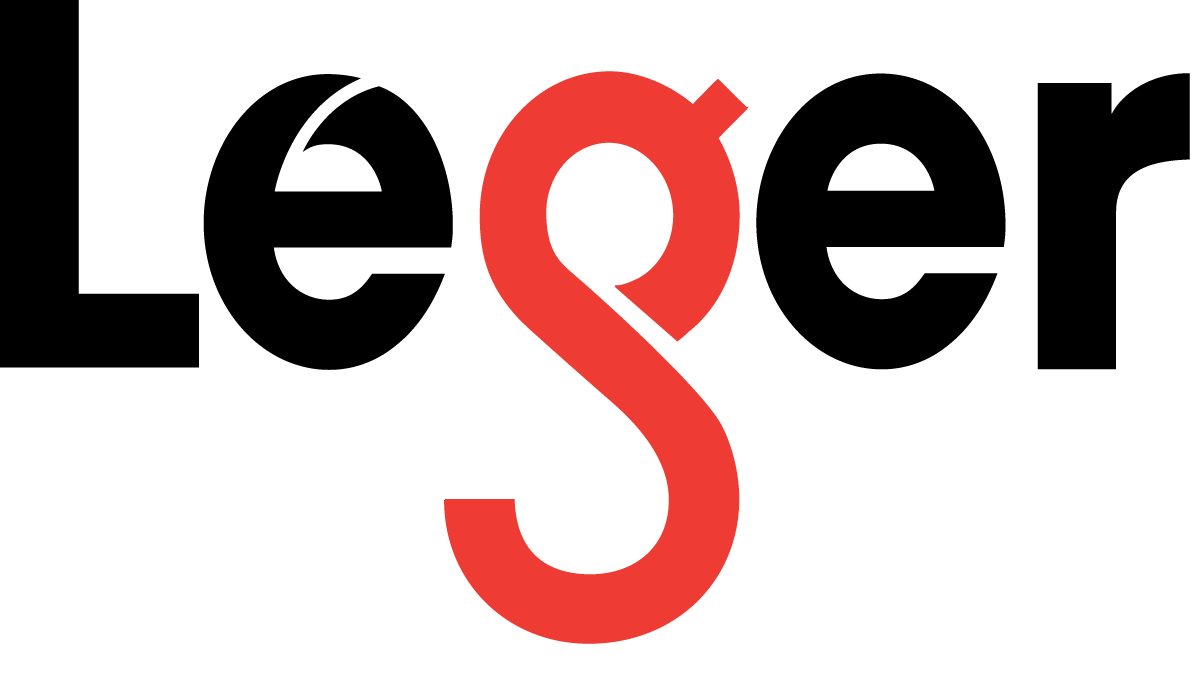Securing a research grant is never easy. Review committees are flooded with strong proposals, and often, the difference between a winning application and one that falls short lies in how clearly the research is positioned — and how compellingly the data is presented. In other words, it’s not just about having good data; it’s about making that data stand out through effective storytelling for funding success.
Here are a few strategies to strengthen your next grant application:

Tell the Story Behind the Numbers
Data on its own can be dry. What reviewers really want is context. Instead of simply presenting statistics, frame them in a way that highlights the problem, opportunity, or knowledge gap your research addresses. Connect the dots for the reader so they understand why these numbers truly matter.
Prioritize Clarity Over Complexity
It’s tempting to showcase every dataset, method, and metric you’ve gathered, but too much detail can overwhelm the reviewer. Instead, focus on the clearest, most impactful findings that demonstrate your project’s value. Keep technical details in appendices or supplementary documents, and make sure the core narrative stays clear and easy to follow.


Use Visuals Wisely
Charts, graphs, and infographics can turn complex datasets into memorable takeaways. A well-designed visual makes it easier for reviewers grasp and retain your findings more easily. Just make sure your visuals are simple, accurate, and aligned with your narrative.
Show Rigour and Reliability
Review committees want to know they can trust your data. Highlight the quality of your methodology — including sampling, verification, and analysis — in a way that reassures reviewers without drowning them in jargon. Demonstrating both rigour and transparency strengthens credibility.


Connect to the Bigger Picture
Funders are looking for impact. Connect your data to broader goals: advancing a field of study, informing policy, or addressing pressing social challenges. The clearer you draw the link between your data and real-world outcomes, the more compelling your case will be.
Final Thought
Great data is just the starting point. To stand out in a competitive grant landscape, researchers must pair strong evidence with strategic storytelling, clear communication, and focus on impact. When you leverage data storytelling for funding success, your application won’t just present data ; it will make a lasting impression.



